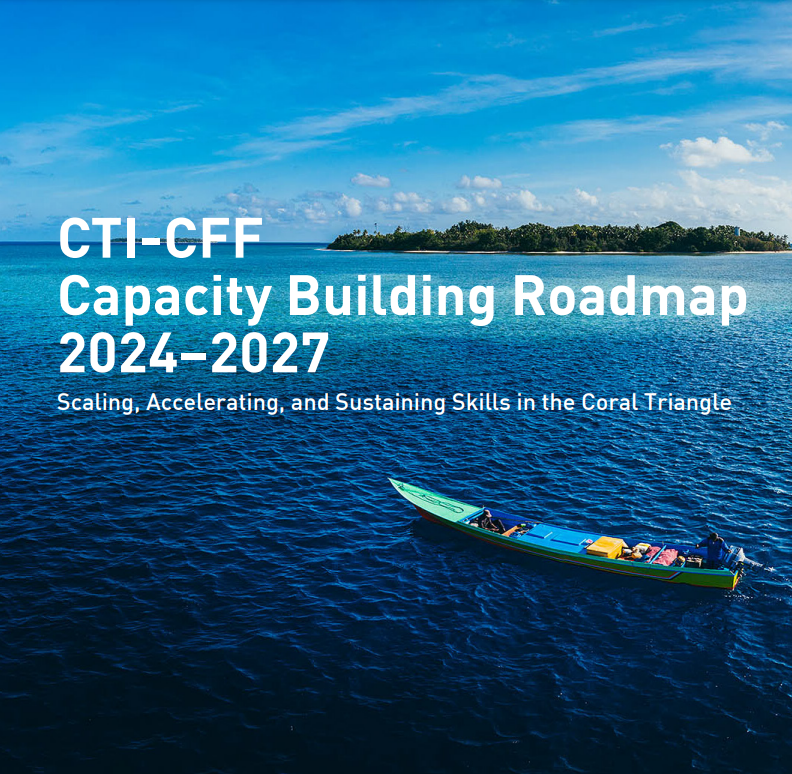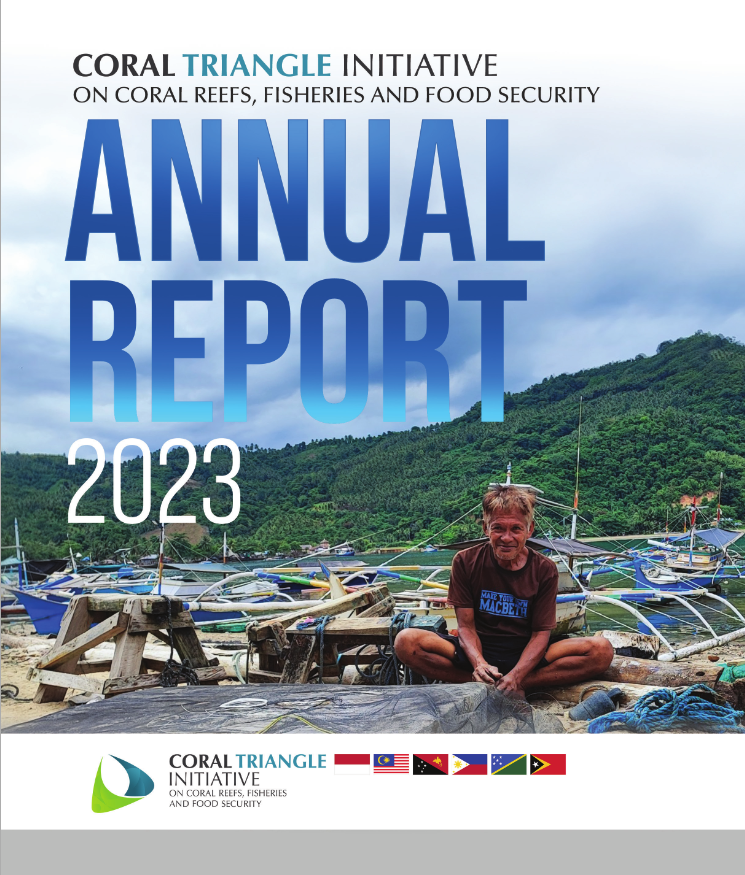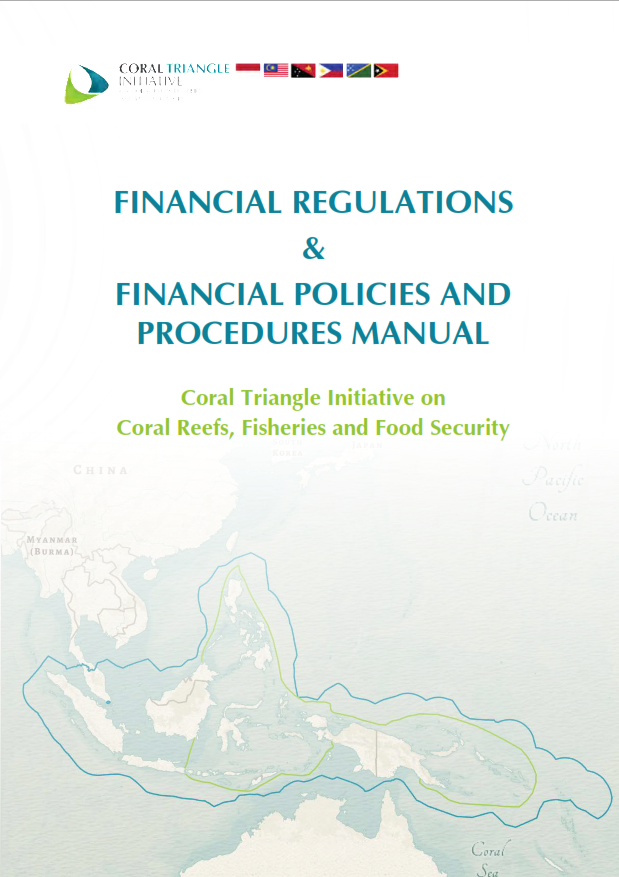Australian Government Supports Mangrove Training in Papua New Guinea
The Australian Government is supporting the Papua New Guinea Centre for Locally Managed Areas, a member-owned organisation that aims to build the capacity of its member communities to manage their own marine areas—which range from seagrass beds, coral reefs, turtle nesting beaches, to mangroves.
The centre delivers a number of community-based training and mentoring initiatives, including a mangrove nursery and planting training program. Through the centre, nine people from three coastal provinces across Papua New Guinea took part in the mangrove regeneration program run by the University of Papua New Guinea during March 2012.
All skills and knowledge gained under the program are designed to be taken back and applied in each participant’s local community. With the participants coming from all across the PNG—from West New Britain in the east, Manus province in the north and the National Capital District in the south—it is hoped the program can help spread these marine conservation and management skills gradually across these communities.
Most of these coastal communities rely on mangroves for their food, clean water and tools for their livelihood—such as materials for fishing equipment. It is vital for the future of these communities that mangrove habitats remain healthy, and are protected from the effects of climate change, rising sea levels, as well as those of pollution and development.
The training program was held in the university’s Motupore Island Research Centre outside Port Moresby using the island’s large natural mangrove forest. The island contains 33 out of the 54 different species of ‘true’ mangroves found in the world, and almost all of the species found in Papua New Guinea. True mangroves are those found almost exclusively in mangrove habitats.
The program involved a combination of theoretical and practical components—designed to provide local communities the skills to help mangroves adapt to pressures from human development and climate change. These exercises include identifying mangrove zones and species, as well as seedling collection, re-planting and transferral. These activities were carried out among the mangroves in their natural setting or in the nursery of the research centre.
The four-day training program ended with two elderly Kiwai women improvising a traditional dance. The dance symbolised the movements of schooling fish swimming in their traditional waters—reinforcing the importance of the marine environment to their way of life and how important the training program will be in preserving it.
The program’s holistic approach involves holding basic training in mangrove growth monitoring—scheduled for late 2012. This will be followed by the centre and program participants undertaking awareness-raising activities on the importance of mangrove planting in relation to climate change adaptation in early 2013.
Feedback on initial participation in the program was glowing in its praise, with hopes to extend participation to other communities to strengthen the mangrove network.



